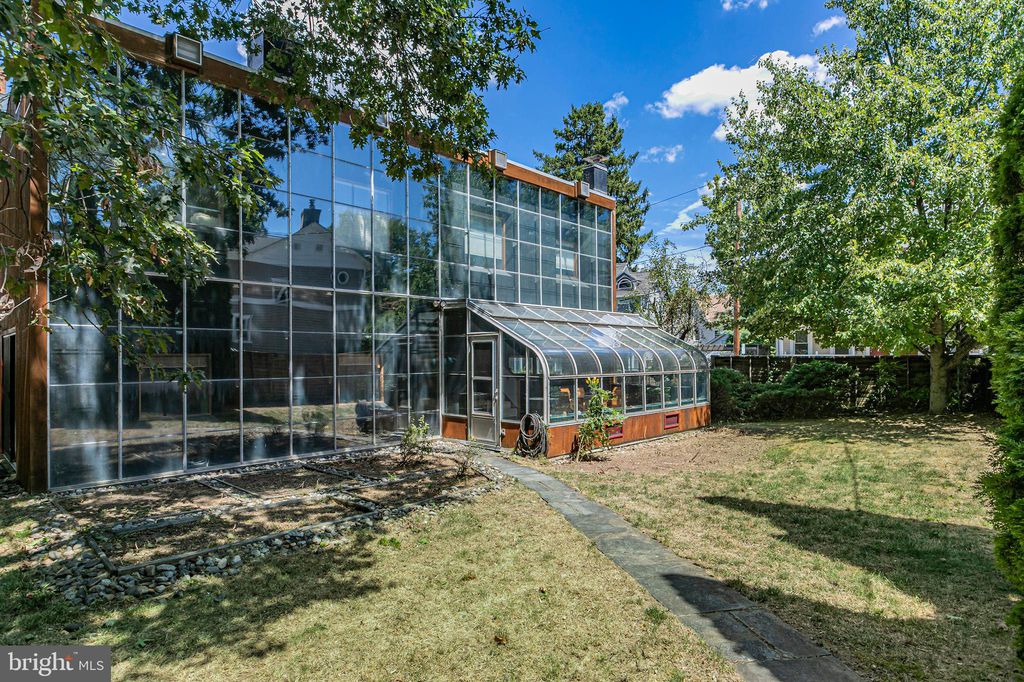Sorry to hear of Doug Kelbaugh’s passing. I met him at Seaside when he was involved in the New Urbanism movement, but I first heard of him in 1973, in connection with a solar house that he built for himself in Princeton. It made an impression because unlike most solar-heated houses of that period, which had sloping solar collectors and resembled wedges of cheese, the Kelbaugh House had real architectural qualities. The house was passively solar heated by means of a Trombe wall, named for its inventor, Félix Trombe (1906-85), a French engineer who was in charge of building a 1000 kW solar furnace in southern France. I was doing research on solar stills, and I heard Trombe speak at a UNESCO conference in Paris in the Seventies. The basic principle of his device was simple: a south-facing thick masonry wall painted black, an air gap, and a glazed wall. The sun warmed the masonry, which at night radiated heat to the interior of the house. No fans or pumps (hence the “passive” moniker), and no angled solar collector, just a masonry wall. There was a bit more to it, but that is the idea in a nutshell. Doug added glazed windows to the wall, which meant that, unlike a collector, view was not entirely blocked. Very elegant.


I too was saddened to hear of Doug’s passing – belated as it is.
I was a student of his in the 90s at UW. We shared some common threads – both East Coast natives with a similar view on many things including urban planning. My memory of him was sparked today when the university I teach asked me to teach an urbanism class. Immediately, I thought of Doug and approaching him for some guidance in organizing this class.
Unfortunately, I will not have the chance to reconnected with him. Thanks for posting about Doug. He touched many lives through his teaching and writing.
I just learned of Doug Kelbaugh’s passing, more than a year since, while encouraging a California colleague and friend to visit Doug’s iconic Princeton house in his travels. It is still very viewable from the street at 70 Pine St.
Doug was my studio professor in 1978 at the New Jersey School of Architecture at NJIT in Newark, NJ. I was very taken by the clarity and directness of his ground breaking passive solar house. It challenged convention as well as zoning ordinances, as it was oriented to the sun (not the street) and was necessarily located in the one place on the lot where sunlight was available (I believe thus granted a setback variance).
I still remember his public lecture about his Princeton house to a packed audience at NJIT titled “Mass, Glass & Class”. At the end of the lecture a self-righteous student asserted that the house was not architecture, and accused him of not being an architect, beginning his mini-diatribe with, “You call yourself an architect . . .”. Doug, in his unflappable way said, “If you mean architecture with a capital ‘A’ . . .”, and went on to claim it was no more or less than what it was, and everyone can have their opinion.
In my opinion it was much more than what this student thought. An honest and deftly designed ‘machine for living’, as Corbusier said, if one wants to get all Architecture with a capital ‘A’ about it. And more importantly it was boldly forward thinking and responsive to the energy and environmental crises of the day. Crises that have only since intensified.
Doug certainly influenced me, as we had similar environmental concerns, and maybe architectural sensibilities. While I went on to live and develop my architecture practice in California, pushing sustainable architecture in my own way, Doug went on to become professor and chair at the school of architecture at University of Washington, and dean at University of Michigan. Without doubt he positively influenced and inspired countless future architects and urban designers during his academic and professional life, just as he did with me in his first years as a professor at age 32.
Thank you Doug.
Martin Hammer